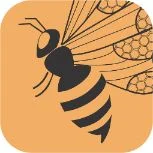Comprehensive Detailed Guide about Pine Honey
Table Of Contents

- What is PINE Honey?
- History and cultural significance of pine honey
- Production and Harvesting of Pine Honey
- Traditional methods of harvesting pine honey
- Challenges and risks involved in harvesting pine honey
- Nutritional Benefits of Pine Honey
- Health benefits of Pine honey
- Comparison of the nutritional benefits of pine honey with other types of honey
- Uses in Traditional Medicine & Culinary
- Production and Trade
- Conclusion
- Takeaway
- Buy Our Pine Honey
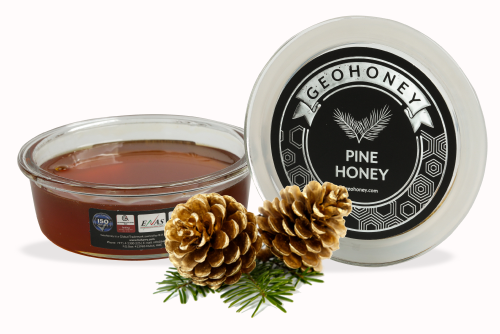
What is PINE Honey?
Pine honey, also known as "forest honey," is a type of monofloral honey made from the nectar of pine trees. This special type of honey is mainly produced in the Mediterranean region, including Greece, Turkey, and Portugal, where there are large pine forests. Pine honey is known for its distinctive flavour, which is quite strong and intense. It has a dark amber color and a thick texture, making it a popular ingredient in cooking and baking. The rich taste of pine honey makes it a perfect accompaniment to cheese, yogurt, and bread. One of the unique properties of pine honey is its high antioxidant content. It contains several plant compounds that are known to be beneficial for health. It is a delicious and nutritious natural sweetener that is worth trying for its unique flavor and health benefits.
History and cultural significance of pine honey
Pine honey has a long and rich history that dates back to ancient times. In the Mediterranean region, where pine trees grow in abundance, people have been collecting and using pine honey for thousands of years. In ancient Greece, pine honey was considered a delicacy and was often used in religious ceremonies and offerings. Greek mythology also includes references to pine honey, with stories of the gods using it as a source of nourishment and healing. In Turkey, pine honey has been used as a traditional remedy for a variety of ailments, including coughs, sore throats, and digestive problems. It was also used as a natural sweetener in desserts and pastries. Today, pine honey continues to be an important part of the culinary and cultural heritage of the Mediterranean region. In Greece, for example, pine honey is often used to sweeten traditional desserts such as baklava and loukoumades. In Turkey, it is used in traditional dishes such as tahini halva and semolina halva.


Production and Harvesting of Pine Honey
Pine honey is a unique type of honey that is not entirely produced by honey bees. Instead, it is created by bees that collect honeydew, or sugary secretions, from a scale insect species known as Marchalina hellenica. This insect thrives on the sap of certain species of pine trees, including the Turkish Pine (Pinus brutia), Aleppo Pine (Pinus halepensis), Austrian Pine (Pinus nigra), Scots Pine (Pinus sylvestris), and Stone Pine (Pinus pinea). It is produced by bees that collect nectar from pine trees. The process of producing and harvesting pine honey is similar to that of other types of honey. Here is an overview of how pine honey is produced and harvested:
-
Collection of nectar
Bees collect nectar from the flowers of pine trees. The nectar is then stored in their honey stomachs, where enzymes break down the sugars and convert it into honey.
-
Honey production
The bees return to the hive, where they deposit the nectar in the honeycomb. The bees then fan their wings to evaporate the water from the nectar, which thickens it into honey. Once the honey is ready, the bees seal the comb with wax to preserve it.
-
Harvesting
Once the honey has been produced, beekeepers can harvest it by removing the honeycomb from the hive. They then use a centrifuge to extract the honey from the comb. The honey is then strained to remove any remaining wax or debris, and it is bottled for sale.
The production of pine honey is heavily dependent on the weather and the availability of pine trees in the surrounding area. Pine honey is typically harvested once a year, during the late summer or early fall. The timing of the harvest can vary depending on the climate and the availability of nectar. Beekeepers need to be careful not to harvest too much honey at once, as this can harm the bees and reduce the overall honey production.
Traditional methods of harvesting pine honey
The traditional methods of harvesting pine honey have been used for centuries and involve a close relationship between beekeepers and the forest environment.
-
Locating the hives
Beekeepers place the hives in areas of the forest where pine trees are abundant and where there is little human activity. This can be difficult, as pine trees are not always evenly distributed, and the location of the hives can have a significant impact on the quality and quantity of the honey produced.
-
Collecting the honey
The traditional method of collecting pine honey involves removing the honeycomb from the hive and placing it in a woven basket or barrel. The honeycomb is then crushed, and the honey is allowed to drain into a container. This method is time-consuming and can result in a lower yield of honey than more modern methods.
-
Preserving the honey
Once the honey has been collected, it is typically stored in earthenware pots or wooden barrels. These containers help to preserve the honey's unique flavor and aroma and protect it from light and heat.
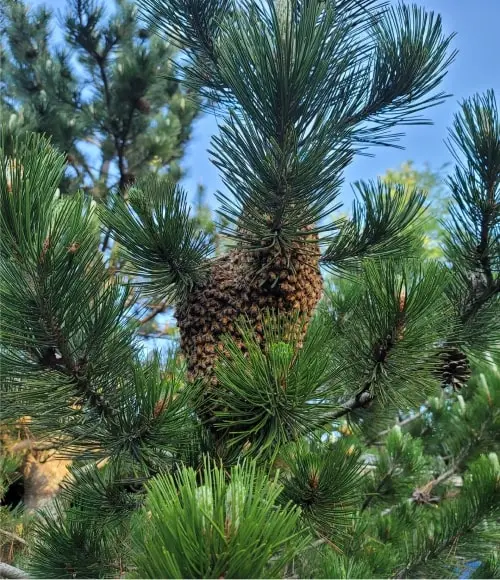
While the traditional methods of harvesting pine honey can be labor-intensive and result in a lower yield of honey, they have been used for centuries and are still practiced by some beekeepers today. These methods help to preserve the unique flavor and aroma of the honey and maintain a close connection between beekeepers and the forest environment.

Challenges and risks involved in harvesting pine honey
Harvesting pine honey can be a challenging and risky process, both for the beekeepers and the bees. Here are some of the main challenges and risks involved in harvesting
-
Weather conditions
Pine honey production is heavily dependent on the weather and a lack of rain or extreme temperatures can significantly impact the yield of honey.
-
Predators and pests
The hives are vulnerable to predators such as bears, and pests such as mites and beetles.
-
Forest fires
Pine forest is prone to forest fires, which can destroy the hives and the honey they contain.
-
Worker safety
Harvesting pine honey can be a dangerous process, as beekeepers must climb ladders and use sharp tools to remove the honeycomb from the hives.
-
Quality control
Pine honey can be difficult to produce, and it is prone to contamination from other types of honey or additives. Beekeepers must be vigilant in ensuring the quality of the honey and preventing contamination.
Nutritional Benefits of Pine Honey
The nutritional benefit of Pine honey are abundant. Here is an overview of the nutritional content of pine honey:
-
Calories
Pine honey is a calorie-dense food, with approximately 300 calories per 100 grams.
-
Carbohydrates
It is primarily composed of carbohydrates, mainly in the form of fructose and glucose. It also contains small amounts of other sugars, such as sucrose and maltose.
-
Vitamins
Pine honey contains several important vitamins, including vitamin C, thiamine (B1), riboflavin (B2), niacin (B3), and pantothenic acid (B5).
-
Minerals
It is a good source of minerals, including calcium, iron, magnesium, potassium, and zinc.
-
Antioxidants
Pine honey contains various plant compounds, including flavonoids and phenolic acids, which act as antioxidants that help protect cells from damage caused by free radicals.

While pine honey is a nutritious food, it is also high in sugar and calories, so it should be consumed in moderation. However, its unique flavor and nutritional benefits make it an excellent alternative to processed sugars and other sweeteners. Additionally, pine honey has natural antibacterial and antifungal properties, which can help boost the immune system and support overall health.
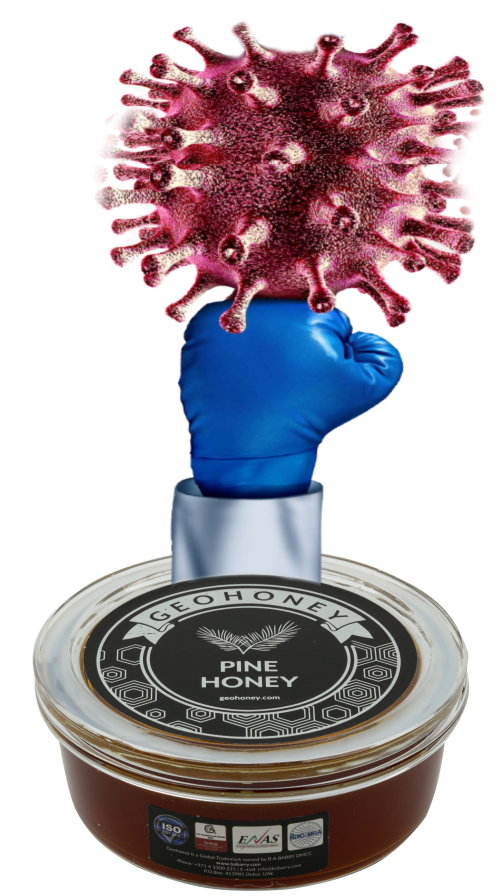
Health benefits of Pine honey
Pine honey has a range of health benefits due to its anti-inflammatory and antioxidant properties. Here are some of the key health benefits of consuming it:
-
Anti-inflammatory properties
Pine honey contains a range of natural plant compounds, such as flavonoids and phenolic acids, which have anti-inflammatory effects in the body. These compounds can help reduce inflammation, which can be beneficial for managing chronic conditions such as arthritis, asthma, and cardiovascular disease.
-
Antioxidant properties
It is also rich in antioxidants, which are compounds that help protect the body against damage from harmful molecules known as free radicals. Antioxidants can help reduce the risk of chronic diseases, including cancer, heart disease, and Alzheimer's disease.
-
Immune system support
It has natural antibacterial and antifungal properties, which can help support the immune system and protect against infections. It also contains vitamins and minerals that are important for immune function, such as vitamin C, iron, and zinc.
-
Wound healing
The anti-inflammatory and antioxidant properties of pine honey may also be beneficial for wound healing. Studies have shown that applying honey to wounds can help promote healing and reduce inflammation and infection.
-
Digestive health
Pine honey has been traditionally used as a natural remedy for digestive issues, including ulcers, diarrhea, and constipation. It has natural antibacterial and anti-inflammatory properties that can help soothe the digestive system and promote healthy gut function.
Pine honey is a nutritious and delicious food with a range of potential health benefits. Its anti-inflammatory and antioxidant properties may be particularly beneficial for managing chronic conditions and supporting overall health and wellness. However, as with all sweeteners, it should be consumed in moderation as part of a balanced and varied diet.
Comparison of the nutritional benefits of pine honey with other types of honey
Honey is a natural sweetener that has been used for thousands of years for its nutritional benefits and medicinal properties. While all types of honey offer some nutritional value, the nutritional benefits can vary depending on the type of honey. Here is a comparison of the nutritional benefits of pine honey with some other types of honey
-
Pine honey
It is a rich source of antioxidants, vitamins, and minerals. It is particularly high in potassium, which is essential for maintaining healthy blood pressure and heart function. It also contains natural antibacterial and anti-inflammatory properties, which can help support the immune system and promote healing.
-
MaNUKA honey
It is a type of honey produced in New Zealand that is known for its unique antibacterial properties. It contains a compound called methylglyoxal, which gives it its antibacterial properties. Manuka honey is also a good source of antioxidants, vitamins, and minerals.
-
CLOVER honey
It is one of the most commonly consumed types of honey in the world. It is a good source of antioxidants, including phenolic acids and flavonoids. It is also high in carbohydrates, primarily in the form of fructose and glucose.
-
acacia honey
It is a type of honey that is light in color and has a mild flavor. It is a good source of antioxidants, including phenolic acids and flavonoids. It is also low in carbohydrates and has a low glycemic index, which can be beneficial for managing blood sugar levels.
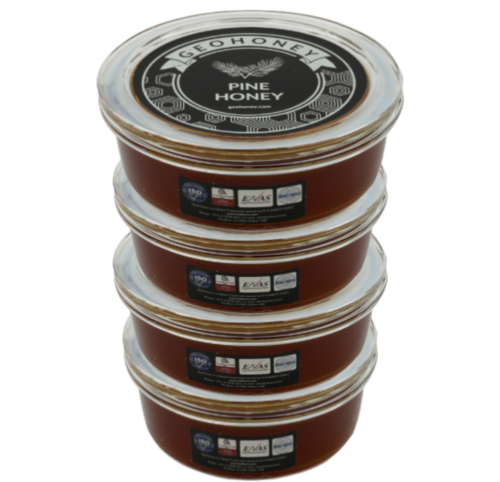
While all types of honey offer some nutritional benefits, pine honey is particularly rich in antioxidants, potassium, and natural antibacterial and anti-inflammatory properties. However, the nutritional content can vary depending on the type of honey, so it's important to choose a variety that meets your individual nutritional needs.

Uses in Traditional Medicine & Culinary
Pine honey has been used for centuries in traditional medicine and culinary practices. It is believed to have antibacterial and anti-inflammatory properties, making it a natural remedy for coughs and sore throats. Pine honey is also used as a sweetener in traditional Mediterranean cuisine, and its unique flavor and aroma add complexity to a variety of dishes. The natural sugars in pine honey make it an energy booster, while its moisturising and anti-inflammatory properties are popular for skincare products. Despite limited scientific research on its health benefits, pine honey continues to be popular for its long-standing traditional uses.
Production and Trade
Pine honey is produced in various regions across the world, including the Mediterranean, North America, and Asia. Greece is one of the largest producers and exporters of pine honey, followed by Italy, Turkey, and Spain. Pine honey production is a significant contributor to the local economy in these countries, providing employment opportunities for beekeepers and generating revenue through exports. The global pine honey trade has been growing steadily in recent years, with increasing demand for high-quality, natural honey products. Pine honey is exported to various countries around the world, including the United States, Germany, and Japan, where it is used in traditional cuisine and natural remedies. The demand for organic and sustainably produced pine honey has also been increasing, with consumers looking for products that are free from pesticides and additives. However, the production and trade of pine honey face challenges such as climate change, forest fires, and the spread of pests and diseases. These challenges can impact the quality and quantity of honey produced, and can also affect the livelihoods of beekeepers and the local communities that rely on pine honey production. Despite these challenges, pine honey remains an important and valuable natural product that is appreciated for its unique flavor and health benefits.

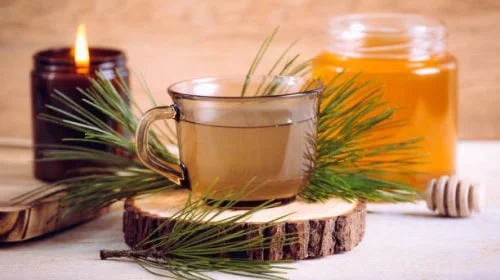
Conclusion
Pine honey is a unique and valuable natural product that has been appreciated for centuries for its distinct flavor, health benefits, and traditional uses in medicine and culinary practices. It is produced in various regions across the world, and its production and trade are important contributors to the local economy in many countries. Although it faces challenges such as climate change and pests, its increasing demand globally suggests that it will continue to be a popular and valuable product. As consumers become more interested in natural and sustainably produced products, pine honey has the potential to play an even more significant role in the global honey market.
Takeaway
Pine honey from Geohney offers a range of health benefits, because of its 100% Purity and unadulteration and can be used in a variety of ways, from sweetening dishes to soothing sore throats. Whether you are a fan of its unique flavor or interested in its potential health benefits, pine honey is a versatile and natural product that deserves its place in the global honey market.
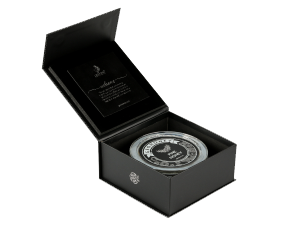
BUY OUR PINE HONEY
What’s the buzz, Join the hive !
SIGN UP TO OUR NEWSLETTER
Be the first to know about our hot deals, new arrivals.



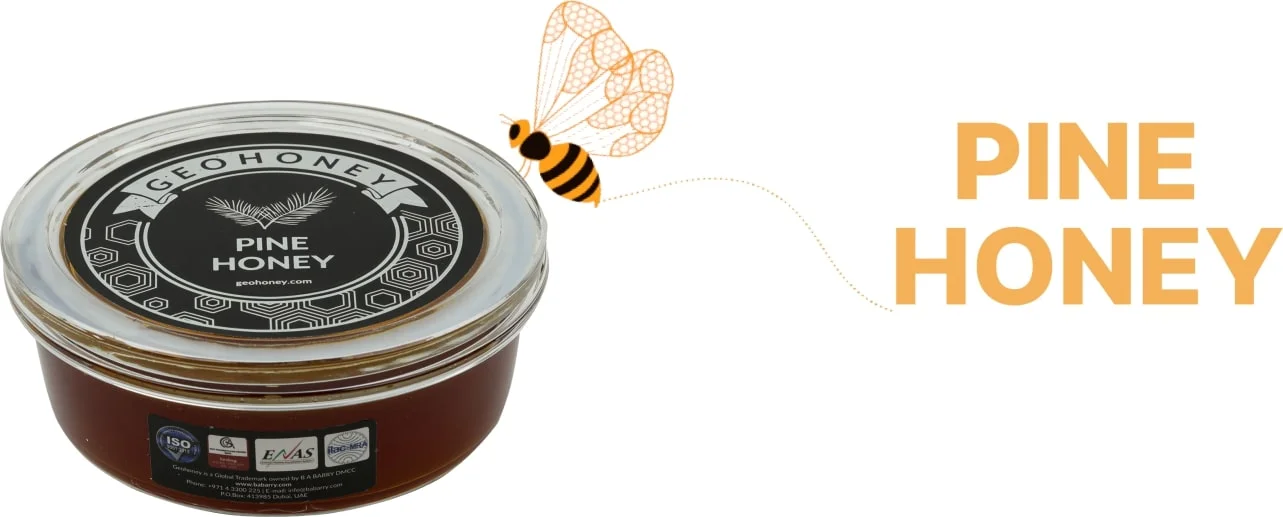




 Pay By Cards
Pay By Cards
 PayPal
PayPal
 Stripe
Stripe
 Other Payment Methods
Other Payment Methods







